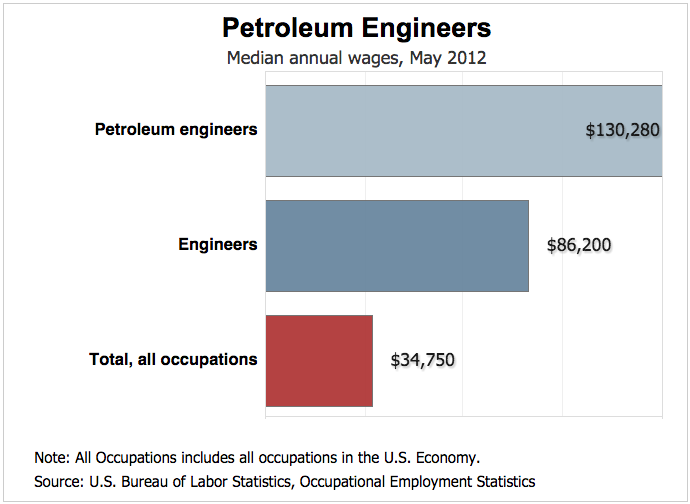Australia’s carbon tax was so disastrous that some of its biggest supporters are hastily distancing themselves from it — and lawmakers in the U.S. should take note.
The Sydney Morning Herald reported this week that the democratic socialist Labor Party is officially bailing on support for a carbon tax. Party leader Bill Shorten announced:
“We will not have a carbon tax, the Australian people have spoken and Labor is not going to go back to that.” [Emphasis added]
The carbon tax was such a disaster that much of the 2013 Prime Minister election was centered around the tax. Then-candidate for Prime Minister Tony Abbott said, “More than anything, this election is a referendum on the carbon tax.”
Abbott went on to win the election in part by pointing out the damages caused by the carbon tax–including higher electricity prices and greater unemployment. A peer-reviewed study from 2013 by Dr. Alex Robson of Griffith University in Brisbane laid out the economic pains the carbon tax caused Australian families:
- In the year after Australia’s carbon tax was introduced, household electricity prices rose 15%, including the biggest quarterly increase on record.
- The job market had previously been stable, but after Australia’s carbon tax, the number of unemployed workers has risen by more than 10%.
- Carbon dioxide emissions have actually increased, and will not fall below current levels until 2043, according to the Australian government.
The following chart from Dr. Robson’s study also maps the ways in which a carbon tax and similar “green” schemes have forced households in Queensland (QLD) and New South Wales (NSW), Australia to pay higher electricity bills:
As a result of these negative impacts, Australians spoke loud and clear on election day when they voted in Tony Abbott as Prime Minister. And even the Labor Party, once a staunch supporter of the carbon tax, is distancing itself from the carbon tax.
Although Australians recognized that the carbon tax was destroying their economy, many U.S. policymakers and pundits continue to support implementing a similar system in the U.S. Just recently, Senator Mark Udall from Colorado touted his support for a price on carbon dioxide emissions:
Australia’s carbon tax brought higher energy costs and unemployment to its citizens. To prevent these same outcomes in America, our policymakers should heed the warning signs in Australia and drop their support for a carbon tax, or risk paying the political price of ignoring the priorities of the American people.









